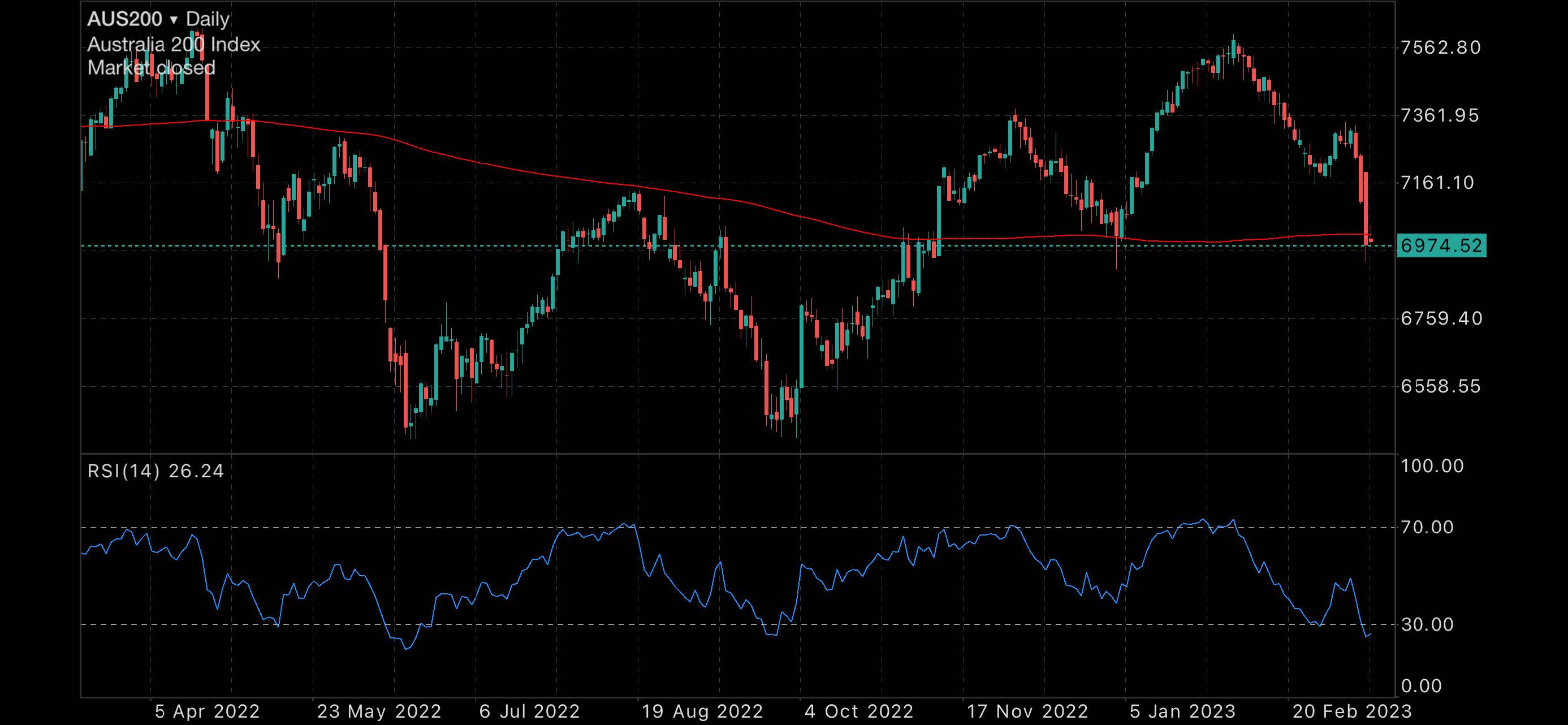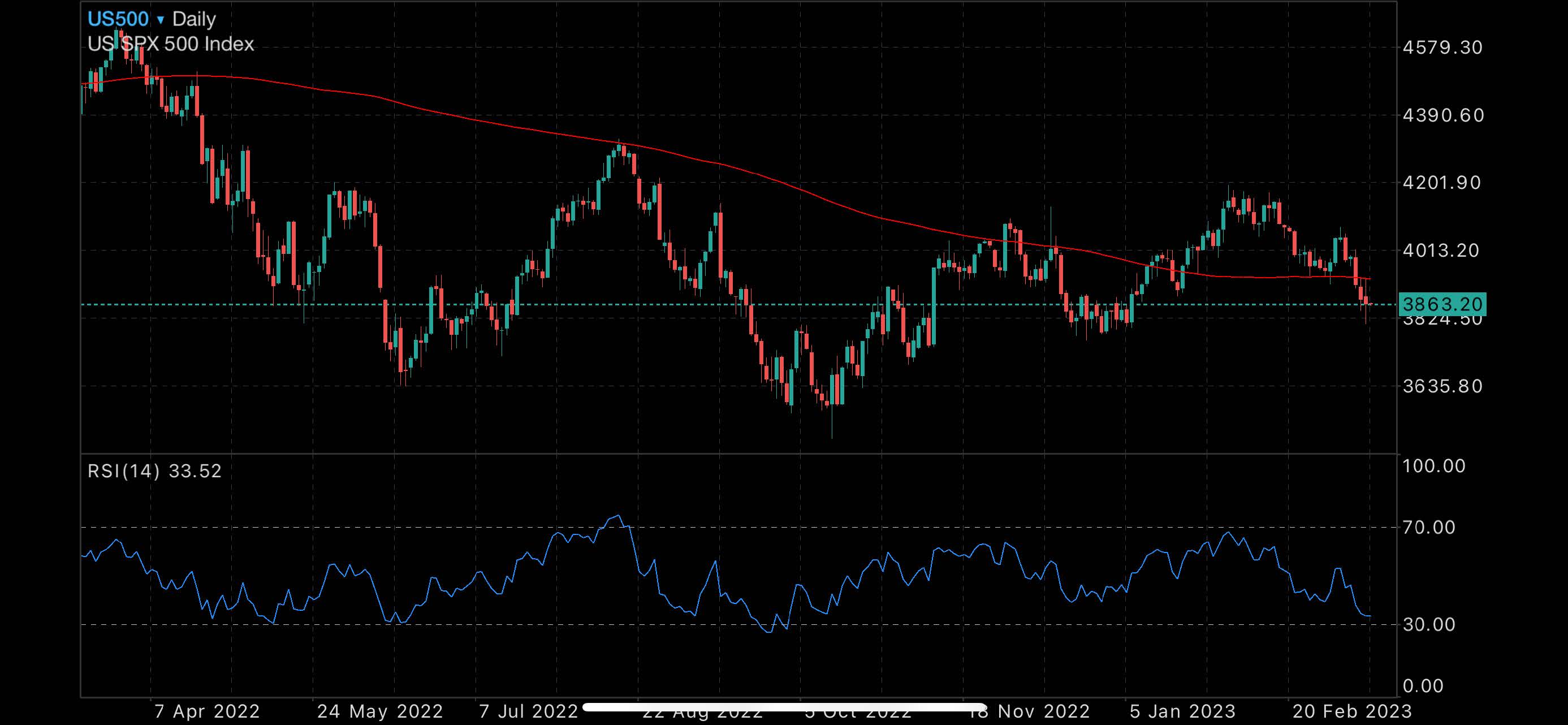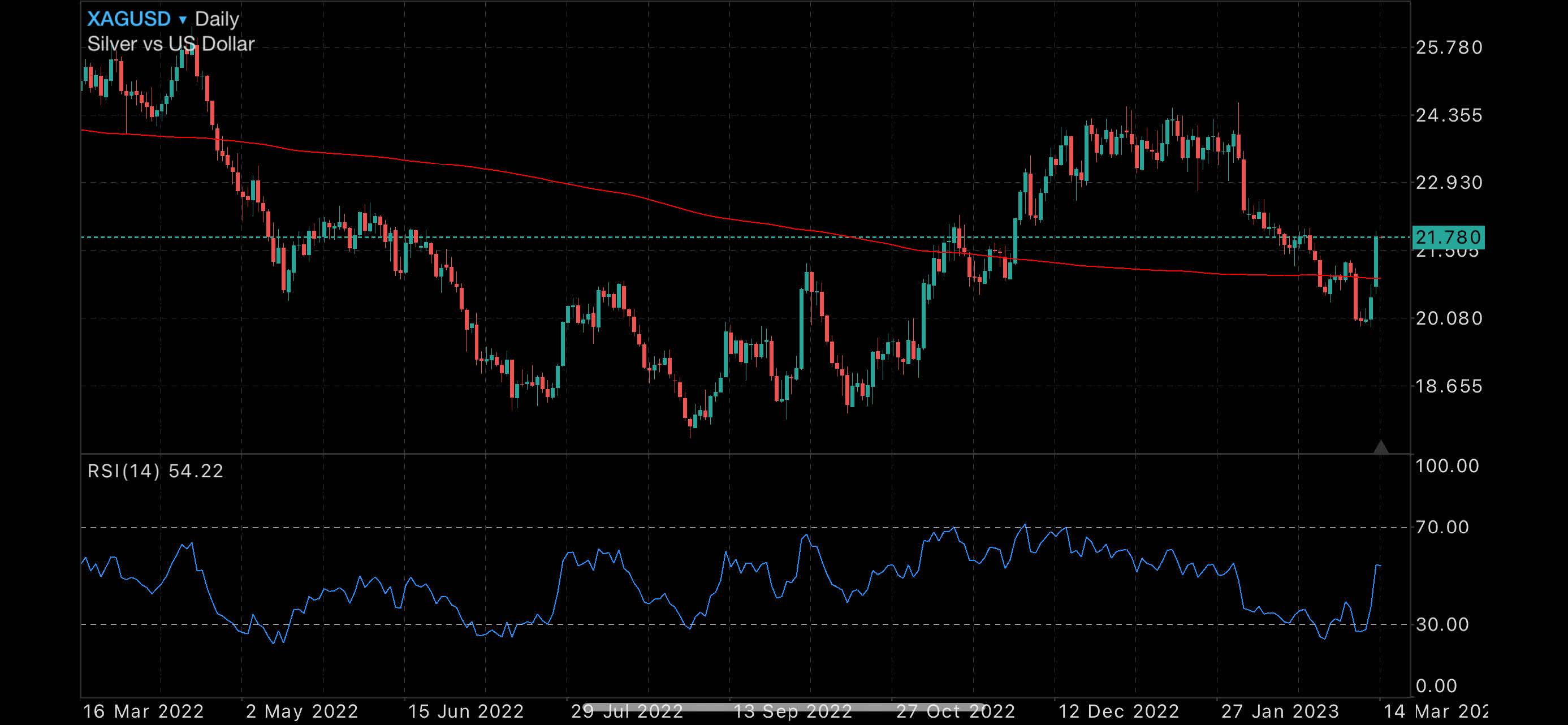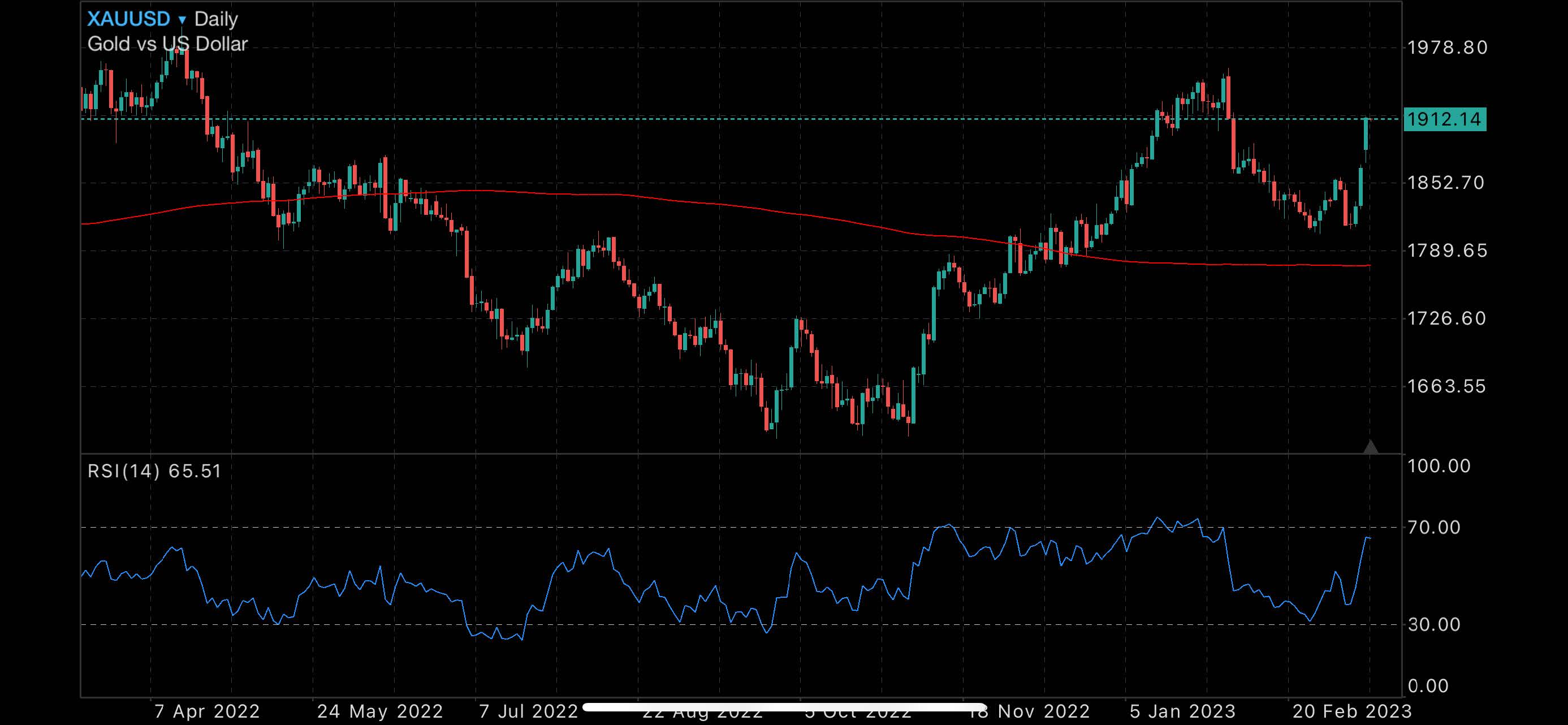Silicon Valley Bank collapse sparks fears of “Lehman 2.0” and other bank failures worldwide
The collapse of Silicon Valley Bank (SVB) has sent shockwaves through the financial world, with the US and Australian share markets plummeting in response. The bank’s failure has raised concerns over the stability of the broader financial system, as investors and depositors alike grow increasingly anxious.
From a macro perspective, the bank’s failure can be attributed in part to a classic bank run, with depositors clamouring to withdraw their funds and the bank unable to meet their demands.
As the fallout from SVB’s collapse continues to unfold, we are bracing for further turmoil in global markets. For now, the situation remains fluid, with investors and depositors nervously eyeing their next moves as the global financial system teeters on the brink of chaos.
Here’s the Scoop
Silicon Valley Bank (SVB) found itself in hot water when a mass withdrawal of funds was triggered by the bank’s move to reposition its holdings. SVB’s primarily VC and startup clientele, who have large deposits, added to the complication as their deposits exceeded the FDIC-insured level of $250,000.
The bank’s trouble started when it invested heavily in mortgage-backed securities, a strategy that worked well when interest rates were low. However, as rates began to rise, SVB attempted to reposition its holdings, which alarmed depositors and triggered the mass withdrawal of funds (the bank run).
Although the exact extent of SVB’s debts and liabilities is unclear, the bank has over $200 billion in assets, with a large portion invested in bonds generating passive income and loaned to other clients. However, only a small percentage, around 7%, is available in cash due to fractional banking practices.
To address the situation, the Federal Reserve has stepped in to secure all deposits. Nonetheless, officials insist that this is not a bailout. However, if the panic continues and withdrawals persist, it remains unclear whether the Fed could rescue all affected banks, potentially leading to a recession.
Despite not having a liquidity issue, SVB’s actions were seen as a liquidity crisis by their depositors. Unfortunately, the bank did not have enough time to gather cash, which led to a genuine liquidity issue.
Lehman 2.0″ Fears: SVB’s Connection to Former Lehman Brothers CFO Sparks Concerns of a New Financial Crisis
Social media is abuzz with the news of Joseph Gentile, the current chief administrative officer (CAO) at Silicon Valley Bank (SVB), who previously held the position of chief financial officer (CFO) at Lehman Brothers’ Global Investment Bank before its catastrophic collapse in 2008. This connection has triggered heated discussions on Twitter, with some users drawing parallels to “Lehman 2.0,” referencing the infamous 2008 Lehman Brothers bankruptcy that caused a 4.5% immediate drop in the Dow Jones Industrial Average. The unfolding situation bears a striking resemblance to the 2008 crisis, with a similar tone of concern being voiced by banks, businesses, and individuals worldwide.
David Bassanese, the Chief Economist at BetaShares, has weighed in on the issue, cautioning that even though depositors are protected, investors could still panic, leading to potential bank failures. The lack of access to credit for businesses due to credit conditions freezing up could also lead to a significant loss of confidence. Bassanese emphasized that even if the banks are not at risk of insolvency, investors may still withdraw their funds due to concerns over easy access to their money. This scenario could result in a hard landing for the US economy, which would affect Australia as much as any recession in the US. Though this collapse differs from the major investment banks that failed during the GFC, Bassanese stressed that its consequences should not be taken lightly.
If the Federal Reserve (and the Reserve Bank of Australia) intended to fix an inflation problem by breaking things, they are certainly exceeding their brief.
Precious Metals Shine: Gold and Silver Respond Favourably to SVB Crisis
Some positive news comes in the form of gold and silver, which have responded predictably to the crisis. Since the market opened this week, silver has gained 5.66%, and gold has gone up by 2% as investors moved quickly from risk-on assets to the stability of bullion.
As events unfold, we will keep a close watch on the SVB and update our readers.
Let’s take a look at the charts!
ASX200 Price Chart

US500 Price Chart

Silver USD Price Chart

Gold USD Price Chart

Disclaimer
Please note that past performance does not guarantee future results. This news and any links provided are for general information only and should not be taken as constituting professional advice from Jaggards.
Jaggards is not a financial adviser. We recommend you seek independent financial advice before making any financial decisions based on the information contained in this article.